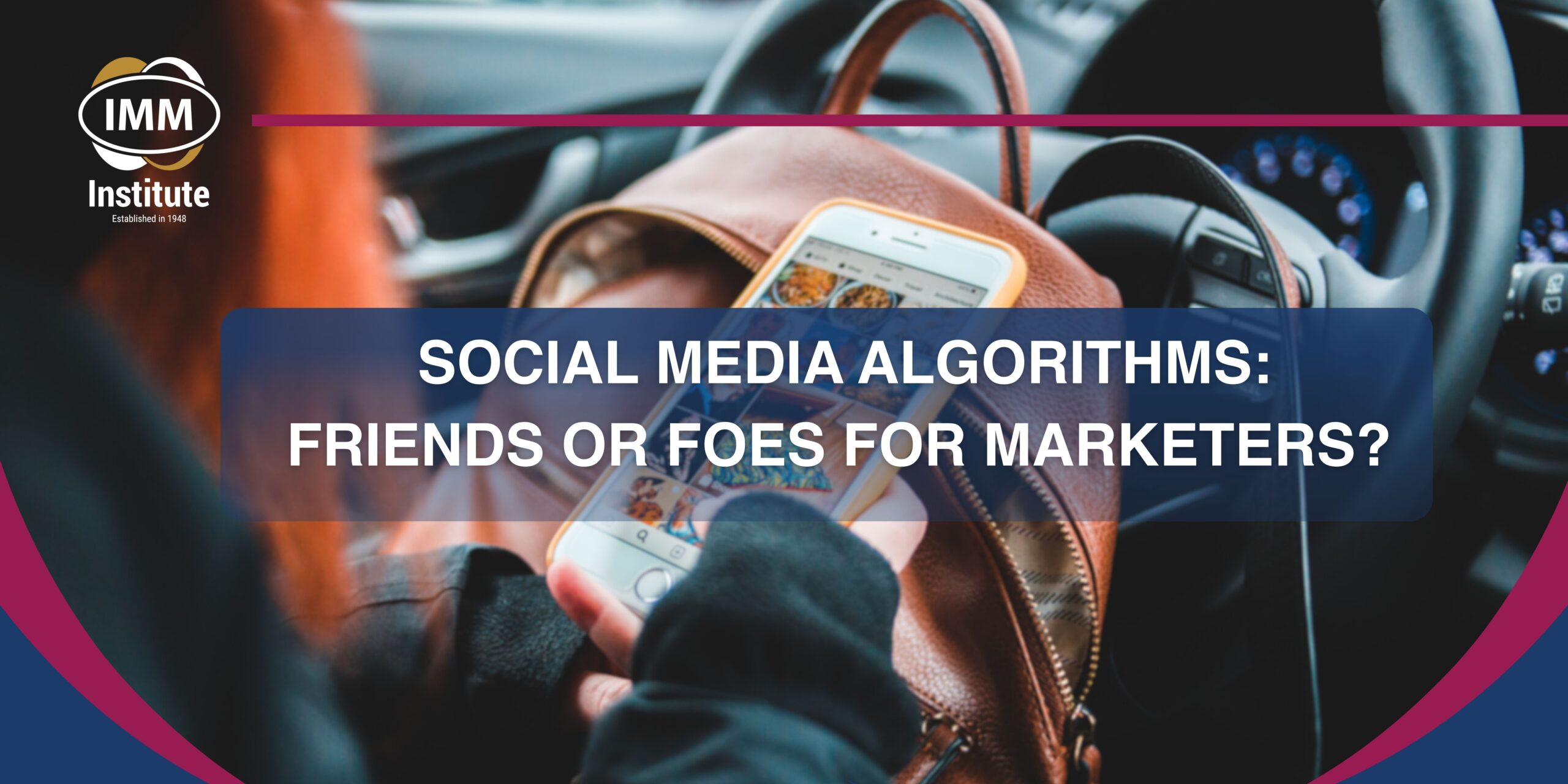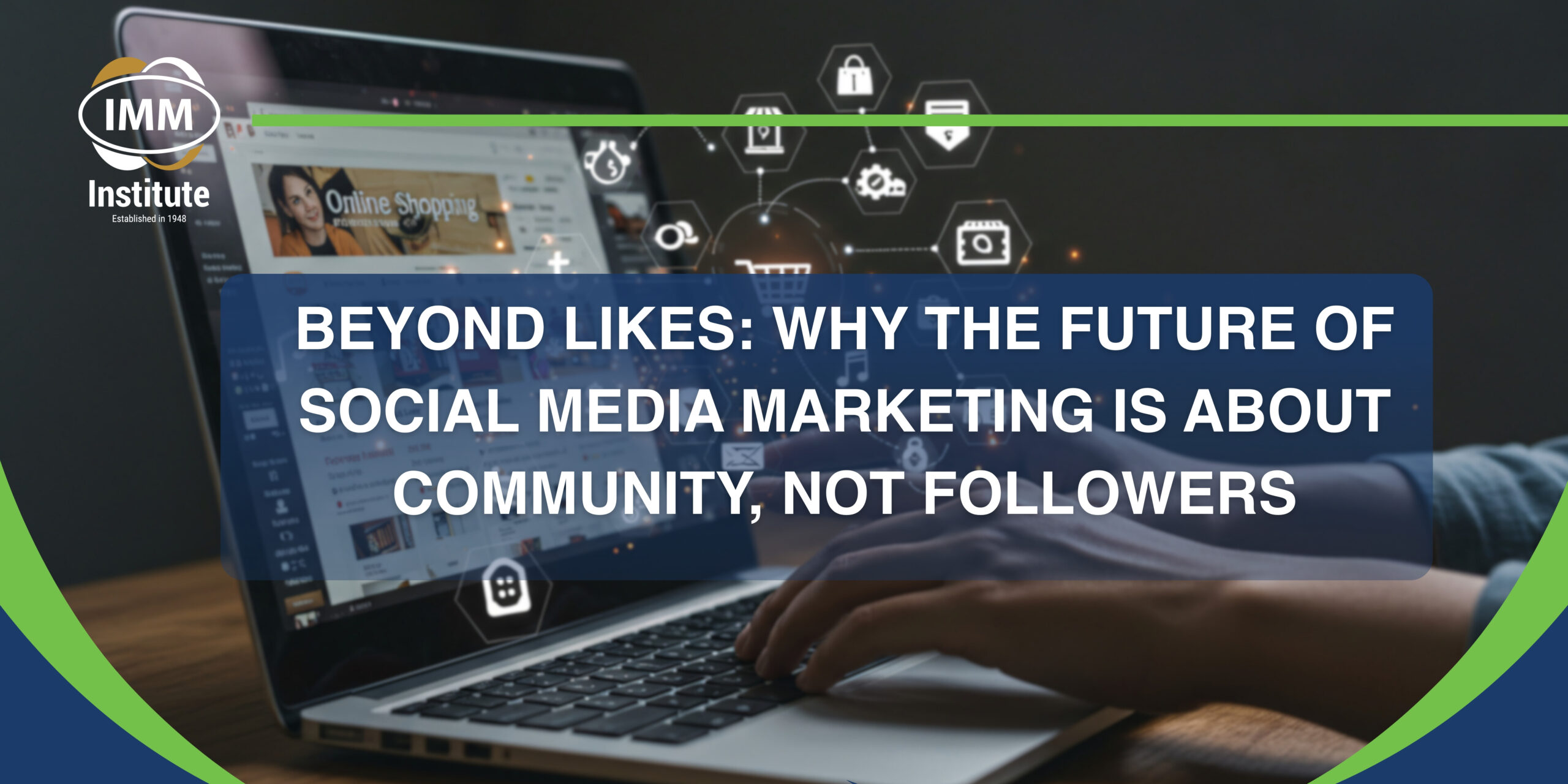
Social media algorithms: Friends or foes for marketers?
Have you ever wondered why your ‘For You’ page feels like it’s for you? That’s because it is. Your every scroll, swipe, like and pause on social media is recorded somewhere. What shows up on your feed or ’For You’ page is not random; it’s filtered through layers of data that try to predict what might keep you engaged. For marketers, understanding how these systems operate has become part of the job. You are not only creating content for people anymore, but also for the algorithms that decide if people will see it or not.
How social media algorithms decide what we see
Platforms like Meta, TikTok, X, and LinkedIn gauge user engagement through watch time, commenting, sharing, even how long someone hovers over a post. According to Sprout Social, likes, shares, reposts and comments indicate that users find the content interesting or informative. When more users interact with a post, the algorithm will assume the post is relevant and further promote that kind of content.

Some see algorithms as gatekeepers; others view them as guides. They don’t exactly create bias, but they reinforce preference. That means if someone regularly engages with humorous posts, they’ll see more of them. If another user prefers industry insights, their feed adjusts accordingly. For marketers, the goal is not to stay ahead of these systems, but to use them to meet users where they already are.

What drives visibility: Relevance, consistency, and timing
When it comes to digital content, three elements usually shape visibility: relevance, consistency, and timing.
Relevance refers to how naturally a post fits the user’s feed. Forced sales content feels misplaced and is quietly penalised. Consistency helps the algorithm recognise your page as dependable, so posting sporadically or in bursts and disappearing again tends to break that trust. Timing also matters, though perhaps less than many think. It’s not only when you post but how quickly early engagement takes place that signals value.
How algorithms learn and what that means for creativity
Algorithms also learn through association. When users respond to similar types of content, the system groups them together. This clustering allows marketers to reach lookalike audiences or test interest-based targeting. The logic seems sound, yet it raises questions about creative diversity, are audiences discovering new ideas or only recycled versions of what they already like?
Why short-form content thrives
The data behind these systems can be revealing. Engagement metrics show what content keeps people watching. For example, consider the possibility that short form videos perform better not because attention spans are shrinking, but because quick videos fit modern daily habits.
Working with the algorithm, not against it
Still, control remains limited. Once engagement slows, visibility can collapse quickly. Algorithms appear impartial, but their design rewards constant adjustment which means you need to study your analytics, experiment, and respond to what the numbers suggest.

If you’re ready to deepen your understanding of social media concepts, the Social Media Marketing Short Course from the IMM Institute is an ideal next step. It explores how social media algorithms shape online visibility, guiding you through the process of planning, creating and optimising content that performs across social media platforms. You’ll learn to utilise analytics to refine your strategy, align campaigns with audience behaviour, as well as strengthen a brand’s digital presence.
So, are algorithms friends or foes? Arguably neither. They are amplifiers. They reflect audience behaviour, brand strategy, and design choices all at once. The difference lies in how you work with them…thoughtfully, or mechanically? Each post adds another data point to your brand’s digital fingerprint. Over time, that pattern shapes what the world sees when they scroll past your name.














